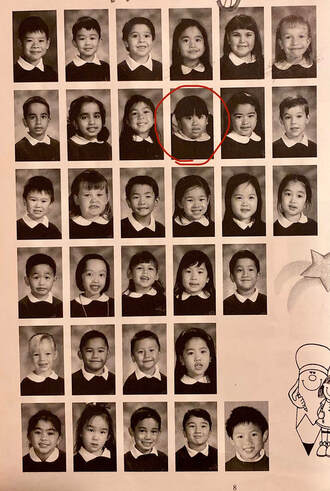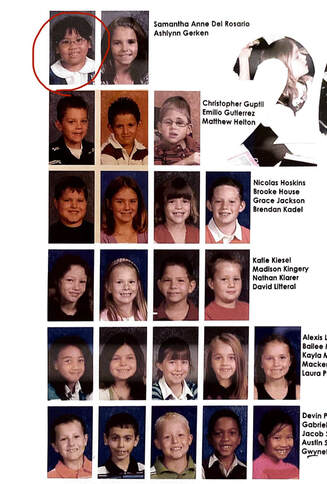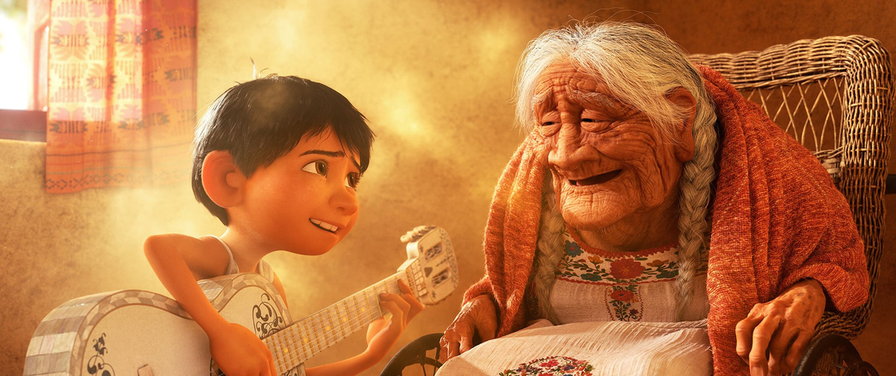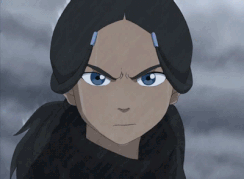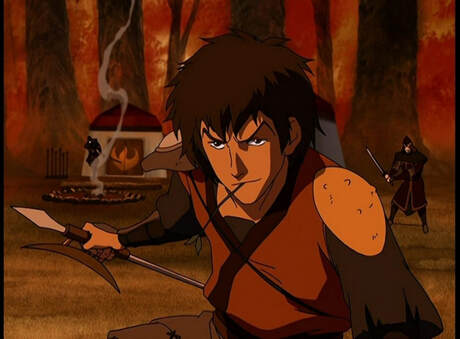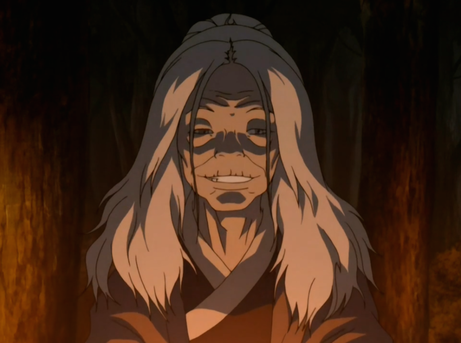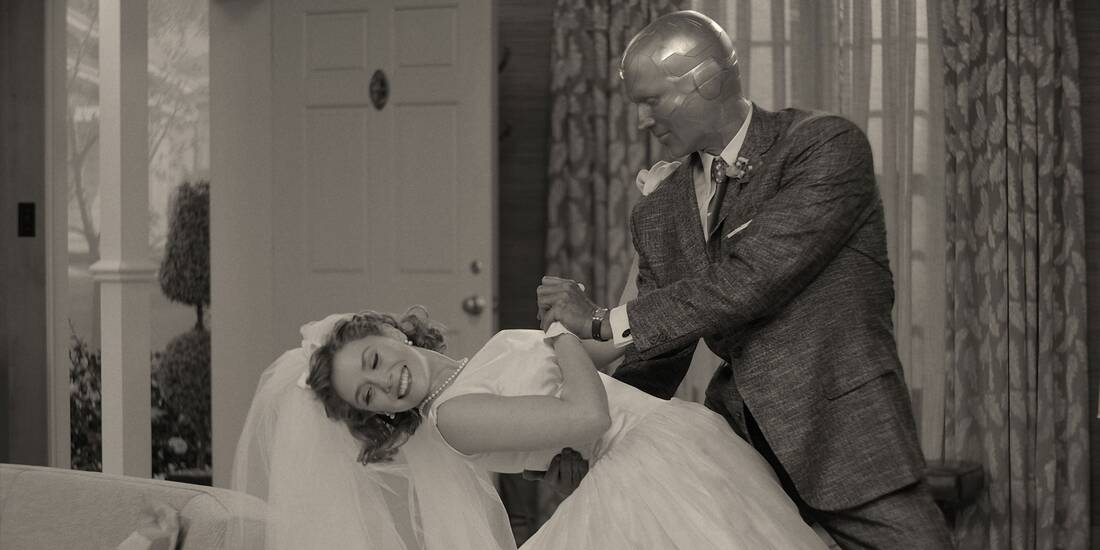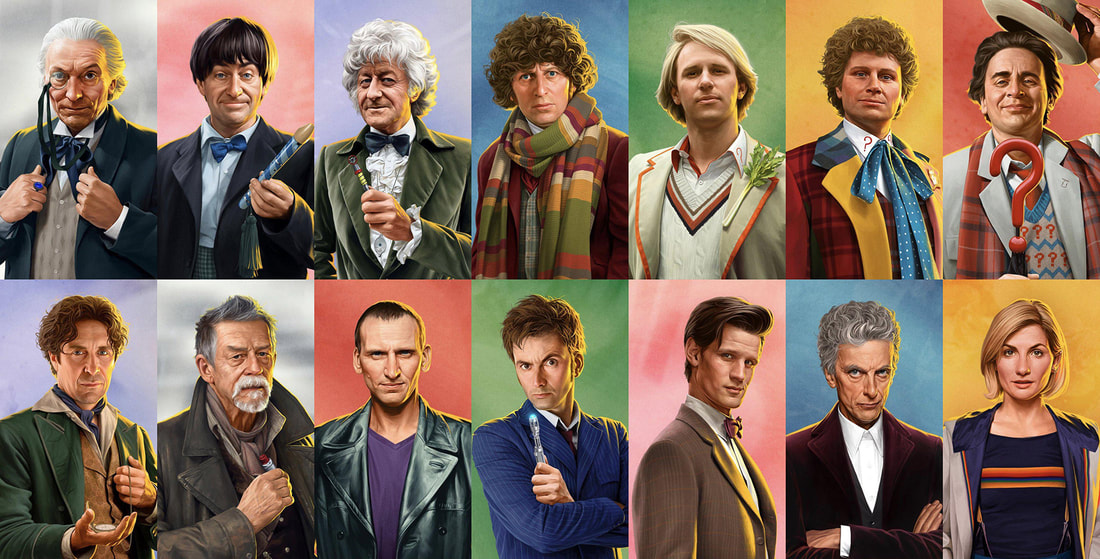Blog 1: "Panic bells, it's red alert. There's something here from somewhere else."
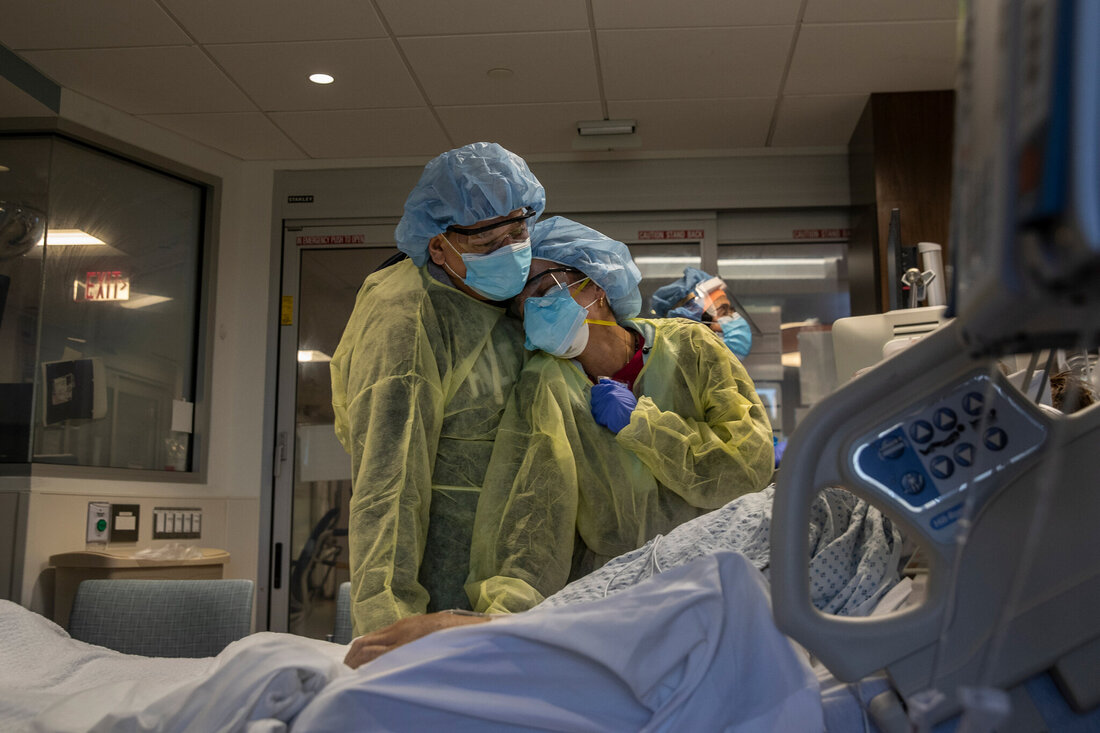
Hello, guys, gals, and non-binary pals! Welcome to the first official blog on this website. In this blog, I’ll be talking about Margaret Atwood’s second book in her MaddAddam Trilogy: The Year of the Flood. Now, I’m assuming anybody reading this blog has also read the book, so I’ll be diving right into my thoughts and analysis.
First, I do not know for certain if Atwood’s intent was to frighten me with the possibility of an extremely bleak future, but if it was, she has succeeded. Particularly due to the fact we are living in the midst of a global pandemic. Now, I lie awake at night, terrified of the knowledge microorganisms destroying society isn’t as fictitious as we’d like to think. For the kids reading this years in the future (I think this website will still exist), I am relating Crake’s pandemic in Year of the Flood to the COVID-19 pandemic that emerged from Wuhan, China in late 2019.
Manhasset, N.Y., April 19 - "Eliana Marcela Rendón was comforted by her husband, Edilson Valencia, as her grandmother, Carmen Evelia Toro, 74, lost her battle against Covid-19 at a hospital on Long Island."
Victor J. Blue for The New York Times
Although both wrought destruction upon their worlds, Crake’s pandemic killed the majority of humans and collapsed society. Why is this? Well, I can point to a few reasons. In the book, society already appeared to be crumbling well before the pandemic. Corporations were basically the government, freedom was something to be bought, and the people had divided themselves into their own factions, such as God’s Gardeners, the Pleebrats, the Asian Fusions, etc. From reading the novel, one can infer the global ecosystem was also in shambles. Adam One often condemns humanity for wiping out other species and God’s Gardeners were founded on the principles of environmental conservation. Lastly, the pandemic in Year of the Flood is entirely of human invention.
Atwood wrote up a man-made disease that brought more ruin upon humanity than any virus borne from nature. Is this a metaphor? I don’t know for certain, but it might as well be. Maybe the reason Atwood wrote such a foreboding novel was to point out not all hope is lost for us. We, as the human race, have the collective power to prevent these things before they happen. We have the means to impact climate change, some have already taken initiative using solar energy or going vegan and whatnot. Although the country appears to be divided, I’d like to think there is more that unites us than separates us. There are ways science can advance without becoming unethical.
On the topic of science, another recurring subject in Year of the Flood is how much genetic technology has advanced. To me, it’s quite sad Crake believes that he can purge of all human evil and create the ultimate species with gene editing. There are some things not encoded in our DNA, but in our hearts, minds, and souls. Believing a single individual has the power to thwart human nature is folly. Crake's ability to toy with nature and play God is terrifying in fiction. Is it scarier to know such genetic technology actually exists in our present reality?
I don’t know how much you’ve been reading up on recent science, but if you haven’t, let me introduce you to CRISPR! CRISPR, or Clustered Regularly Interspaced Short Palindromic Repeat technology, is a new tool for gene editing. Yes, you heard it right folks, we officially have the power to go into our own DNA and target specific genes we want to turn on, turn off, turn left, right, upside down- I think you get the gist. If you want the itty-bitty details, just click the link here to Harvard’s article on it.
Many scientists plan to use CRISPR for good, curing hereditary diseases, providing better treatment for HIV/AIDS and cancer, and providing immunity to infections. Do I think this is amazing? Yes! Am I still terrified? Absolutely! Let me explain. So let’s say CRISPR becomes greater than modern medicine and cures a lot of disease, hereditary or other. That’s splendid, but when someone says, “I want my baby to be a boy, have green eyes, and blonde hair,” is that still alright? There’s technically no harm. If a scientist alters the genes responsible for aging and paves the path to possible immortality, do we take it? At what point does this process become unethical, and will humanity have the willpower to say “stop”? There’s a great video I’ll link here that explains CRISPR and ponders on more of these questions. That’s all I’ve got for today, guys, gals, and non-binary pals.
Signing off until next time, Samantha Leal.
First, I do not know for certain if Atwood’s intent was to frighten me with the possibility of an extremely bleak future, but if it was, she has succeeded. Particularly due to the fact we are living in the midst of a global pandemic. Now, I lie awake at night, terrified of the knowledge microorganisms destroying society isn’t as fictitious as we’d like to think. For the kids reading this years in the future (I think this website will still exist), I am relating Crake’s pandemic in Year of the Flood to the COVID-19 pandemic that emerged from Wuhan, China in late 2019.
Manhasset, N.Y., April 19 - "Eliana Marcela Rendón was comforted by her husband, Edilson Valencia, as her grandmother, Carmen Evelia Toro, 74, lost her battle against Covid-19 at a hospital on Long Island."
Victor J. Blue for The New York Times
Although both wrought destruction upon their worlds, Crake’s pandemic killed the majority of humans and collapsed society. Why is this? Well, I can point to a few reasons. In the book, society already appeared to be crumbling well before the pandemic. Corporations were basically the government, freedom was something to be bought, and the people had divided themselves into their own factions, such as God’s Gardeners, the Pleebrats, the Asian Fusions, etc. From reading the novel, one can infer the global ecosystem was also in shambles. Adam One often condemns humanity for wiping out other species and God’s Gardeners were founded on the principles of environmental conservation. Lastly, the pandemic in Year of the Flood is entirely of human invention.
Atwood wrote up a man-made disease that brought more ruin upon humanity than any virus borne from nature. Is this a metaphor? I don’t know for certain, but it might as well be. Maybe the reason Atwood wrote such a foreboding novel was to point out not all hope is lost for us. We, as the human race, have the collective power to prevent these things before they happen. We have the means to impact climate change, some have already taken initiative using solar energy or going vegan and whatnot. Although the country appears to be divided, I’d like to think there is more that unites us than separates us. There are ways science can advance without becoming unethical.
On the topic of science, another recurring subject in Year of the Flood is how much genetic technology has advanced. To me, it’s quite sad Crake believes that he can purge of all human evil and create the ultimate species with gene editing. There are some things not encoded in our DNA, but in our hearts, minds, and souls. Believing a single individual has the power to thwart human nature is folly. Crake's ability to toy with nature and play God is terrifying in fiction. Is it scarier to know such genetic technology actually exists in our present reality?
I don’t know how much you’ve been reading up on recent science, but if you haven’t, let me introduce you to CRISPR! CRISPR, or Clustered Regularly Interspaced Short Palindromic Repeat technology, is a new tool for gene editing. Yes, you heard it right folks, we officially have the power to go into our own DNA and target specific genes we want to turn on, turn off, turn left, right, upside down- I think you get the gist. If you want the itty-bitty details, just click the link here to Harvard’s article on it.
Many scientists plan to use CRISPR for good, curing hereditary diseases, providing better treatment for HIV/AIDS and cancer, and providing immunity to infections. Do I think this is amazing? Yes! Am I still terrified? Absolutely! Let me explain. So let’s say CRISPR becomes greater than modern medicine and cures a lot of disease, hereditary or other. That’s splendid, but when someone says, “I want my baby to be a boy, have green eyes, and blonde hair,” is that still alright? There’s technically no harm. If a scientist alters the genes responsible for aging and paves the path to possible immortality, do we take it? At what point does this process become unethical, and will humanity have the willpower to say “stop”? There’s a great video I’ll link here that explains CRISPR and ponders on more of these questions. That’s all I’ve got for today, guys, gals, and non-binary pals.
Signing off until next time, Samantha Leal.
